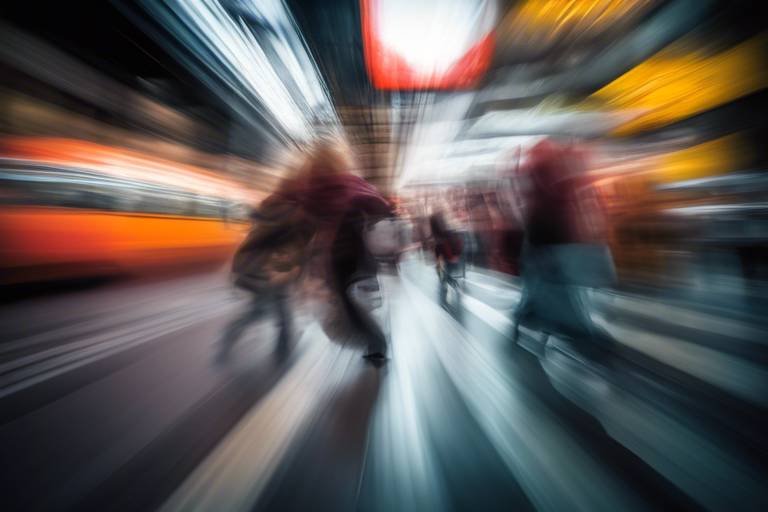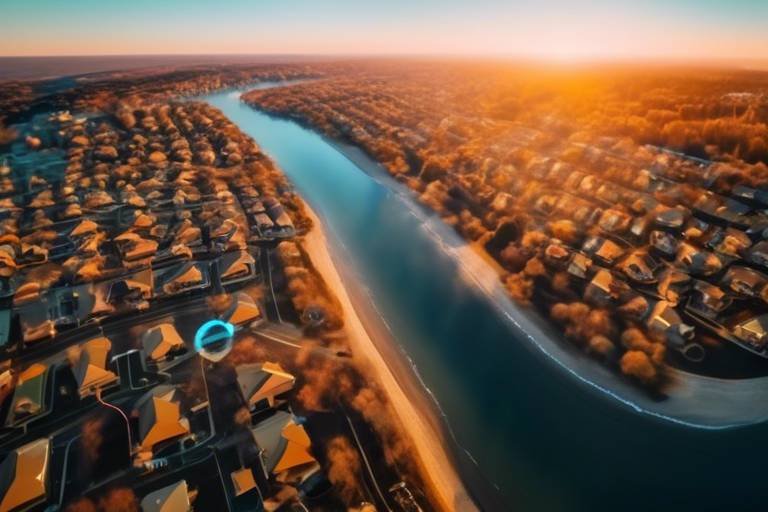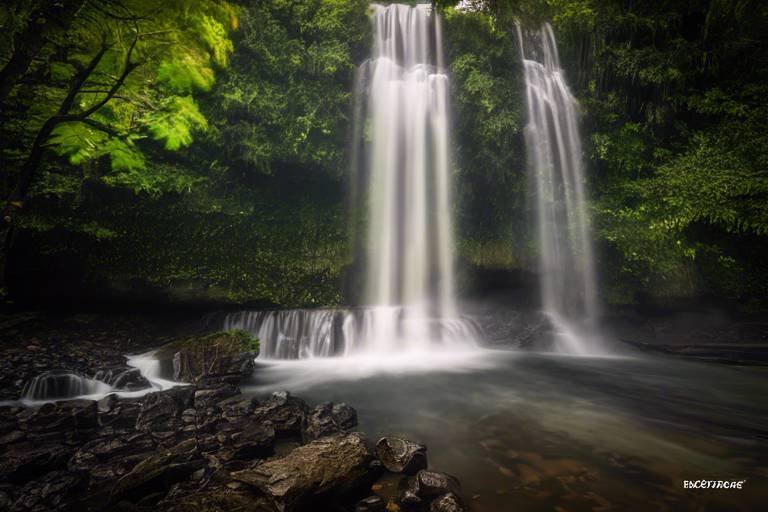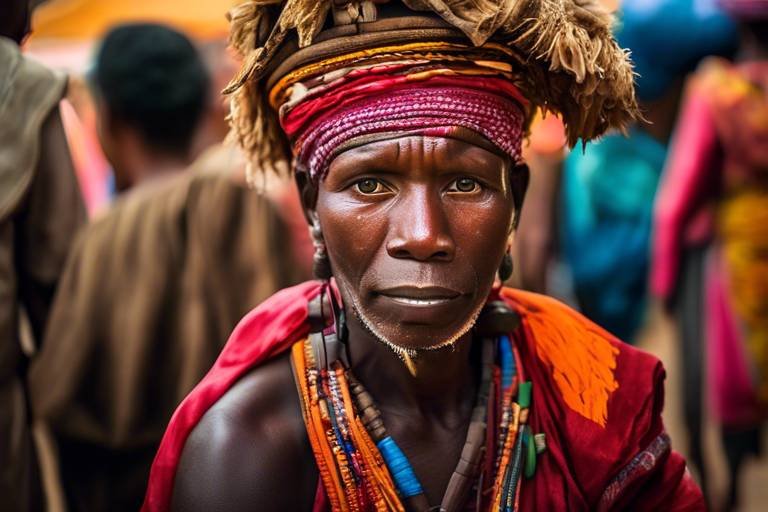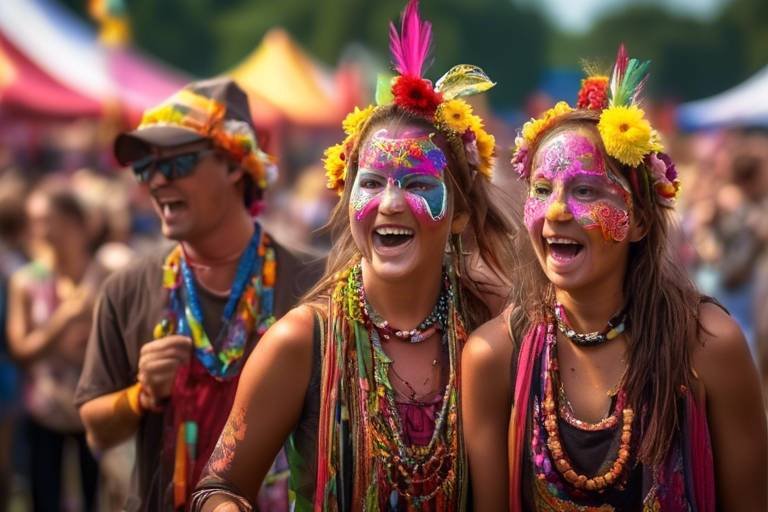Tips for Capturing Architectural Details on Your Travels
Exploring ways to effectively photograph architectural elements during your travels can add a whole new dimension to your visual memories. The intricate details, unique features, and grandeur of architectural structures can be captured in a way that not only showcases their beauty but also tells a story.
When embarking on a journey to capture architectural details, it is essential to research and plan ahead. Understanding the significance of the architecture, delving into its history, and determining the best time of day for optimal lighting conditions can significantly enhance the quality of your photographs.
One of the key tips for capturing architectural details is to focus on unique features. Zooming in on intricate details, textures, patterns, and exploring unusual angles can help bring out the essence of the architecture and make it stand out in your photos.
Utilizing natural framing is another technique that can elevate your architectural photography. Incorporating elements such as trees, windows, or other architectural structures to frame the main subject can add depth and visual interest to your composition.
Experimenting with different perspectives is crucial in capturing the grandeur of architectural marvels. Whether it's shooting from a low angle to emphasize height, looking up to showcase intricate designs, or capturing the architecture from a distance to highlight its scale, varying your perspective can result in captivating images.
Playing with light and shadows can create a dramatic effect in your architectural photos. Utilizing natural light to enhance details and create intriguing shadow patterns can add depth and visual appeal to your compositions, making them more dynamic and engaging.
Including people in your architectural shots can provide a sense of scale and add a human element to the context. Passersby or individuals interacting with the architecture can not only add interest to your photos but also help viewers relate to the scale and grandeur of the structures.
Editing your architectural photos mindfully is essential to enhancing their visual impact. Employing subtle editing techniques to enhance colors, contrast, and clarity while preserving the authenticity and integrity of the original structure can help create stunning visual narratives.
Lastly, sharing your story alongside your architectural photos can offer a deeper appreciation of the architecture to your audience. Accompanying your images with personal anecdotes, historical facts, or cultural insights can provide context and enrich the viewer's experience, creating a more meaningful connection with the architecture.
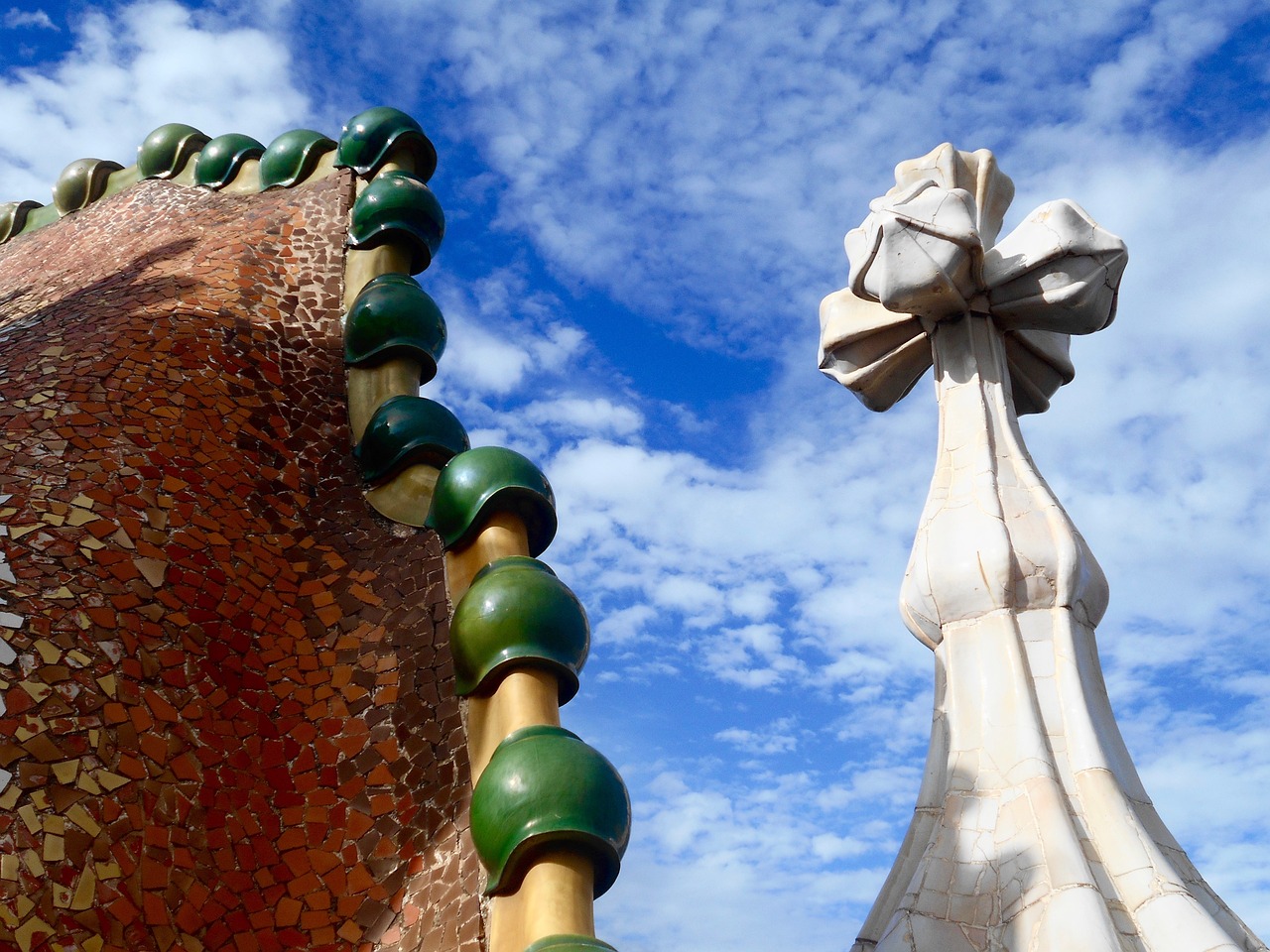
Research and Plan Ahead
When embarking on a journey to capture architectural details during your travels, it is essential to meticulously. Understanding the historical and cultural significance of the architecture you intend to photograph can provide valuable insights that will enrich your visual storytelling. Delve into the background of the structures, learn about the architects behind them, and uncover any unique features that set them apart from the rest. By immersing yourself in the history of the architecture, you can develop a deeper appreciation for its design and purpose.
Moreover, planning the optimal time of day to photograph architectural wonders can make a significant difference in the quality of your images. Consider the lighting conditions during different times of the day and how they can enhance the textures and details of the structures. Early morning and late afternoon often offer soft, warm light that can beautifully illuminate architectural elements, while midday sun may create harsh shadows that obscure details. By planning your shoots around the best lighting conditions, you can elevate the visual impact of your architectural photographs.
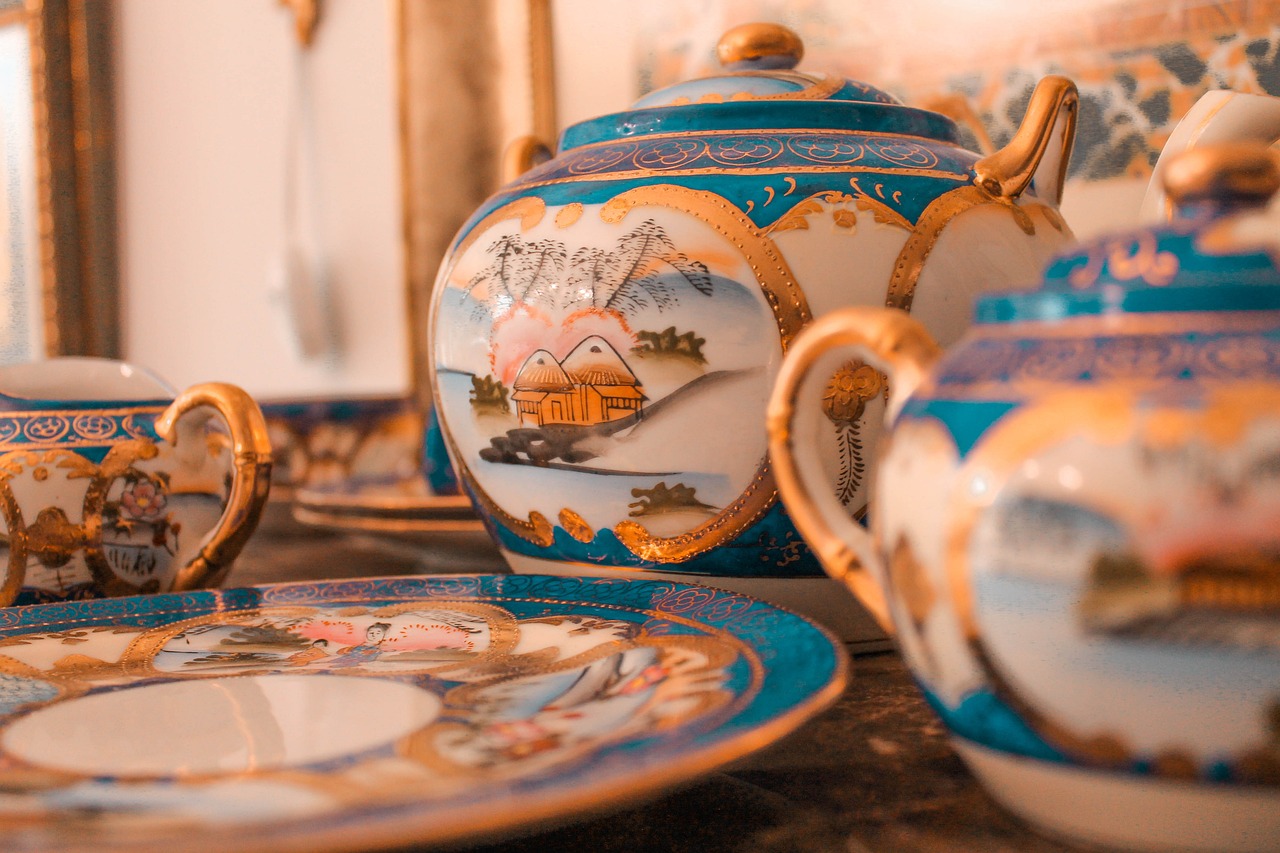
Focus on Unique Features
When capturing architectural details on your travels, focusing on unique features can elevate your photography to a whole new level. Instead of just taking a general shot of a building, zoom in on the intricate details, textures, patterns, and unusual angles that make the architecture stand out.
Imagine a historical building with ornate carvings on its facade or a modern structure with unique geometric shapes. By honing in on these distinctive features, you can create visually striking images that tell a story and captivate your audience.
One effective technique is to play with different perspectives. Experiment with shooting the architecture from various angles - get low to the ground to capture interesting textures, look up to emphasize height and grandeur, or step back to take in the full scope of the building's design.
Additionally, utilizing natural framing can enhance the uniqueness of architectural details. Incorporate elements like surrounding trees, archways, or windows to frame your subject naturally. This not only adds depth to your composition but also draws the viewer's eye to the focal point of the architecture.
Light and shadows also play a crucial role in highlighting unique features. Take advantage of natural light to accentuate textures and create captivating shadow patterns that add visual interest to your photos. The interplay of light and shadow can bring out the depth and dimension of architectural elements.
Moreover, including people in your architectural shots can provide a sense of scale and perspective. By adding human figures to your photos, you not only showcase the size of the architecture but also inject a human element into the scene. It allows viewers to imagine themselves within the space, connecting on a more personal level.
Remember, the beauty of architectural photography lies in the details. By focusing on unique features, experimenting with perspectives, playing with light and shadows, and incorporating human elements, you can capture the essence and character of a building in a truly captivating way.

Utilize Natural Framing
When capturing architectural details on your travels, one essential technique to master is the skill of utilizing natural framing. Incorporating natural elements such as trees, windows, or doorways into your composition can enhance the visual appeal of the architecture and add depth to your photos. Imagine a majestic cathedral framed by the lush greenery of surrounding trees, creating a harmonious blend of man-made and natural elements in your shot. This technique not only adds a unique perspective to your photos but also helps draw the viewer's eye towards the main architectural subject.
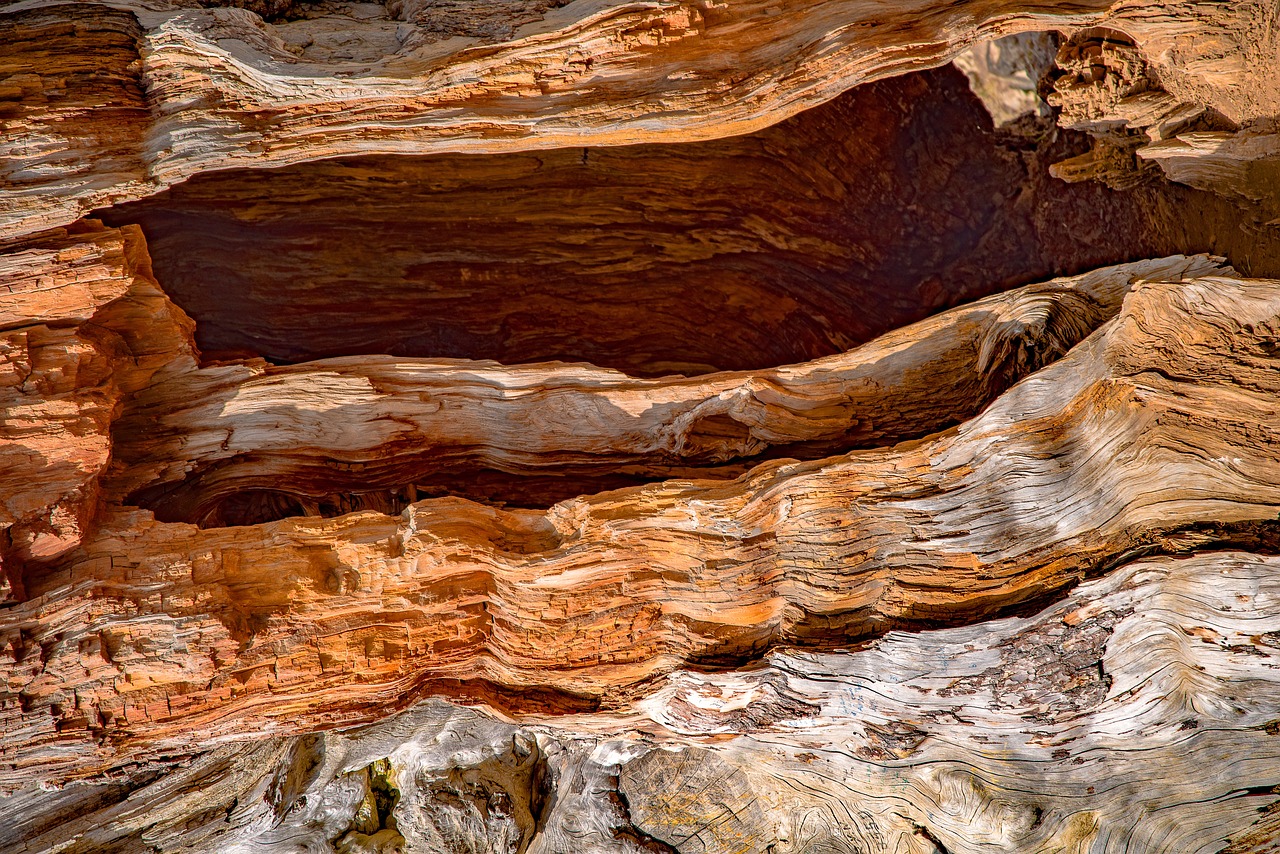
Experiment with Different Perspectives
When it comes to capturing architectural details on your travels, one of the most exciting aspects is experimenting with different perspectives. Imagine looking at a magnificent building not just straight on, but from below, or perhaps from a distance where its grandeur truly shines. These varying angles can offer a fresh and unique take on the architecture, allowing you to showcase its beauty in ways that may surprise even the most seasoned photographers.

Play with Light and Shadows
When capturing architectural details on your travels, one essential aspect to consider is playing with light and shadows. Light can dramatically enhance the features of a building, creating depth and dimension in your photographs. Shadows, on the other hand, can add a sense of mystery and intrigue, transforming a simple structure into a captivating visual story.
Experiment with different lighting conditions to see how they interact with the architecture. Early morning or late afternoon light can cast long shadows, emphasizing the textures and shapes of the building. Alternatively, midday sunlight can create sharp contrasts, highlighting specific details in a bold way.
Consider the direction of light as well. Front lighting can illuminate the facade evenly, while side lighting can create interesting patterns and shadows. Backlighting, where the light comes from behind the building, can silhouette the architecture, creating a striking outline against the sky.
When playing with light and shadows, don't be afraid to get creative. Use architectural elements to cast shadows on the building itself, adding a dynamic element to your composition. Look for opportunities where light filters through windows or doors, creating natural spotlight effects on certain areas of the structure.
Remember, the interplay between light and shadows can evoke different emotions and moods in your architectural photography. Soft, diffused light can create a peaceful and serene atmosphere, while harsh shadows can convey a sense of drama and intensity. By mastering the art of playing with light and shadows, you can elevate your architectural photos to a whole new level of visual storytelling.

Include People for Scale
When capturing architectural details during your travels, incorporating people into your photos can provide a valuable sense of scale. By including individuals or passersby in your shots, you offer viewers a reference point to understand the size and grandeur of the architecture. This human element not only adds interest to the composition but also helps the audience appreciate the scale of the architectural subject.

Edit Mindfully
When it comes to editing your architectural photos, it is crucial to approach the process mindfully. While editing can enhance the visual appeal of your images, it is essential to strike a balance between enhancing the photo and maintaining the authenticity of the architectural structure. By applying subtle editing techniques, you can elevate the details captured in your photos without altering the original essence of the architecture.
One key aspect of mindful editing is to focus on enhancing the natural beauty of the architectural elements without over-processing the image. Adjusting the brightness, contrast, and saturation levels can help bring out the intricate details and textures of the architecture while ensuring that the overall look remains true to the original scene.
Additionally, consider the composition and framing of your architectural photos during the editing process. Cropping the image to remove distractions or experimenting with different aspect ratios can improve the overall visual impact of the photograph. Pay attention to the balance of the elements within the frame to create a harmonious composition that highlights the architectural details effectively.
Another important aspect of mindful editing is to avoid excessive filters or effects that may detract from the authenticity of the architecture. While it can be tempting to apply trendy filters or dramatic effects, remember that the goal is to showcase the architectural details in a compelling and truthful manner. Subtle adjustments that enhance the natural lighting, colors, and textures of the architecture can go a long way in creating captivating photos.
Lastly, always keep the original intent and story behind the architectural structure in mind while editing your photos. Consider how your editing choices can complement the history, significance, and cultural context of the architecture. By approaching the editing process with mindfulness and respect for the subject, you can create visually stunning images that truly capture the essence of the architecture.
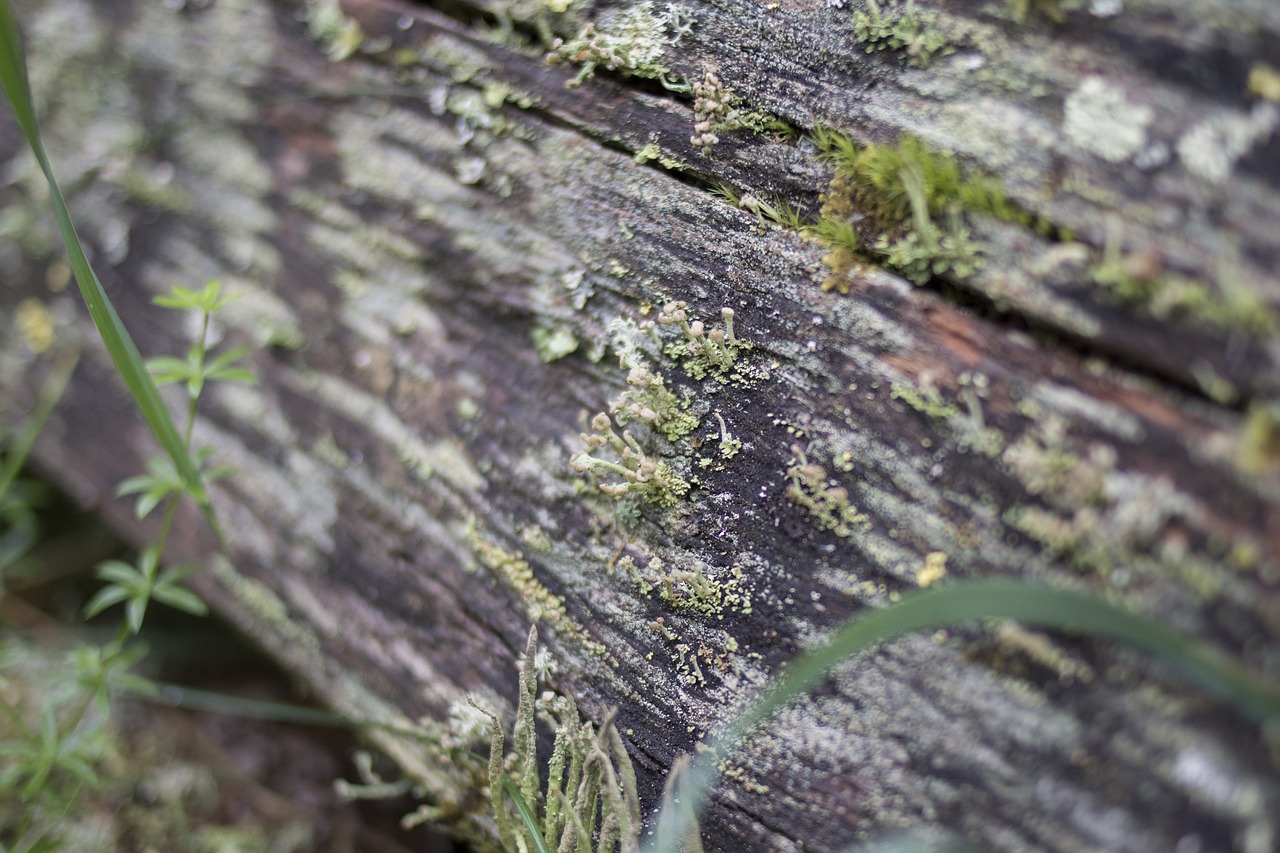
Share Your Story
Sharing your story alongside your architectural photos can elevate the viewer's experience and provide a deeper understanding of the places you've visited. By adding personal anecdotes, historical context, or cultural insights, you can create a more engaging narrative that goes beyond just visual aesthetics. Imagine walking through a historic building and sharing the tale of its construction, the lives of the people who inhabited it, or the events that shaped its existence. This storytelling approach not only adds value to your photos but also connects your audience to the rich history and significance of the architecture you've captured.
Frequently Asked Questions
- How can I improve my architectural photography skills?
To enhance your architectural photography skills, it's essential to research and plan ahead, focus on unique features, experiment with different perspectives, play with light and shadows, utilize natural framing, include people for scale, edit mindfully, and share your story. By following these tips, you can capture stunning architectural details during your travels.
- Why is it important to include people in architectural photos?
Including people in your architectural photos provides a sense of scale and adds a human element to the architecture, making it more relatable and engaging for viewers. People can also help convey the size and grandeur of the architectural structure, adding depth and context to your photographs.
- What editing techniques should I use for architectural photos?
When editing architectural photos, it's important to enhance the details while maintaining the authenticity of the structure. Subtle editing techniques such as adjusting brightness, contrast, and clarity can help bring out the architectural elements without altering the overall look and feel of the building. Avoid over-editing to preserve the integrity of the original structure.



